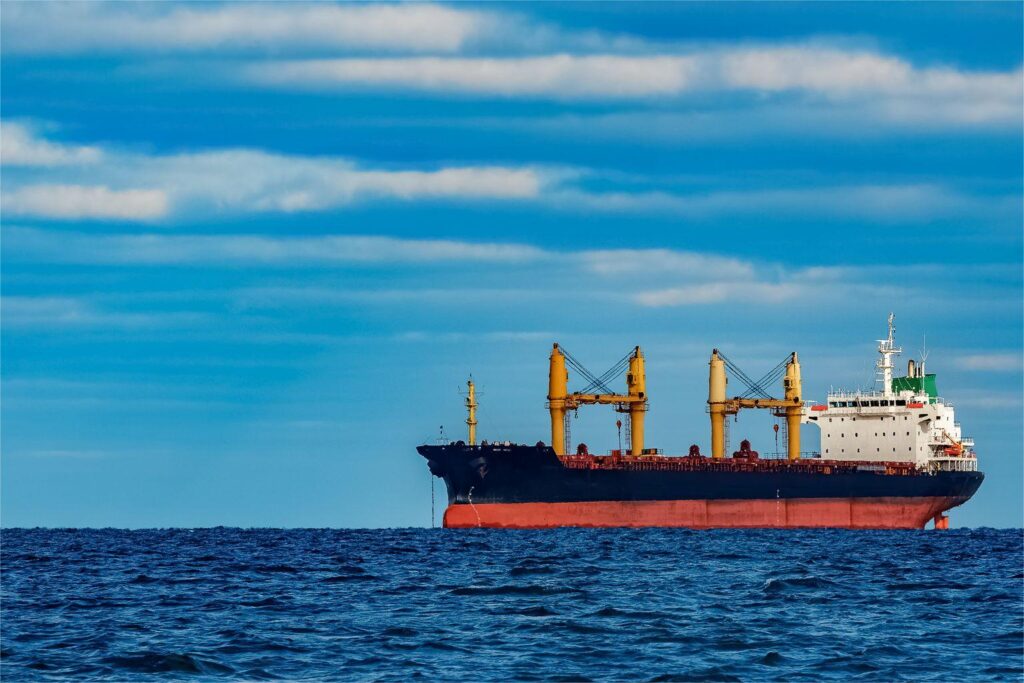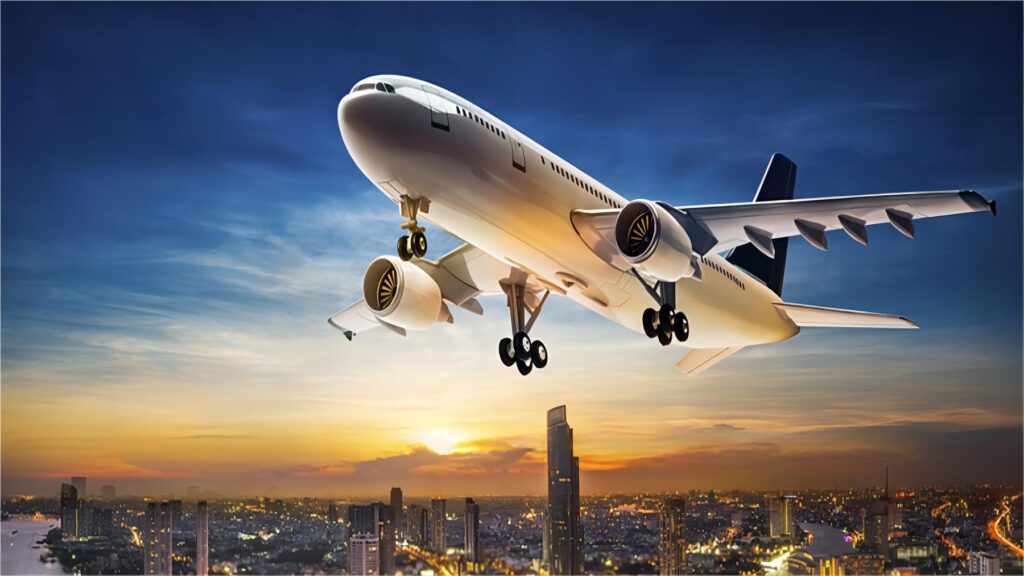- By TOP CHINA FREIGHT
- August 21, 2025
- Shipping
Understanding import costs from China to UK is crucial when you’ve found a profitable supplier in Shenzhen and your first shipment is ready to leave the factory. But questions arise: “How much will shipping cost? What about customs duties and VAT? Are there hidden fees I haven’t considered?” Misjudging these costs can erode your margins or stall your business. This guide breaks down every cost component—product cost, freight, customs, taxes, and additional charges—and provides tips for choosing the right shipping method and freight forwarder to save money and time.

1.Understanding Import Costs from China to UK
Importing isn’t just about paying your supplier. It’s a combination of multiple factors that together determine your total landed cost.
Major Cost Components and Examples
| Component | Typical Cost / Range | Explanation |
|---|---|---|
| Product Cost (FOB) | £500–£5,000 per order | Price agreed with supplier; depends on product type and order quantity |
| Sea Freight | £200–£500 per 20ft container | Most economical for bulk shipments; cost depends on weight, volume, and port of departure |
| Air Freight | £4–£6 per kg | Fast and reliable, suitable for urgent or high-value goods |
| Customs Duty | 2–12% of product cost | Depends on HS code classification of your goods |
| VAT | 20% of (Product + Duty + Freight) | Mandatory in the UK for all imports |
| Insurance | £50–£150 per shipment | Protects goods from loss or damage during transit |
| Handling Fees & Documentation | £50–£200 | Covers port charges, customs clearance, and paperwork |
| Demurrage / Storage Fees | £30–£150 per day (if delayed) | Charges incurred if containers are held too long at the port |
Additional Subpoints
1.Exchange Rate Fluctuations :
Currency changes between GBP and RMB can impact your total cost. Always calculate a buffer.
2.Supplier Payment Terms :
FOB vs. CIF pricing affects whether freight is included in the product price.
3.Packaging Costs
Heavy or oversized packaging can increase shipping costs.
2.Shipping Costs from China to UK
Shipping is one of the largest cost components. Your choice of transport method affects speed, cost, and reliability.
Sea Freight

| Shipping Mode | Transit Time | Typical Cost | Pros | Cons |
|---|---|---|---|---|
| Full Container Load (FCL) | 25–35 days | £200–£500 (20ft), £400–£900 (40ft) | Cost-effective for large shipments, lower per-unit cost | Slower, requires port handling |
| Less than Container Load (LCL) | 30–40 days | £50–£100 per CBM | Cheaper for small shipments, pay for space used | Slower, higher risk of damage due to consolidation |
Additional Subpoints:
- Port Congestion – Delays can increase storage fees; plan ahead for peak seasons.
- Container Type Selection – Refrigerated, flat rack, or standard containers may vary in cost.
- Transit Insurance – Highly recommended for valuable shipments; insurance is cheaper via sea than air for bulk shipments.
Air Freight

| Shipping Method | Transit Time | Cost | Pros | Cons |
|---|---|---|---|---|
| Standard Air Freight | 5–7 days | £4–£6 per kg | Fast, reliable, lower risk of damage | Expensive for large shipments |
| Express Courier (DHL, FedEx) | 2–4 days | £6–£10 per kg | Fastest, door-to-door, includes customs | High cost, limited for very heavy shipments |
Additional Subpoints:
- Volumetric Weight Charges – Air freight pricing often depends on volumetric weight rather than actual weight.
- Airport Handling Fees – Include charges for security, documentation, and cargo handling.
- Customs Pre-Clearance – Some forwarders offer pre-clearance to speed up delivery.
Rail Freight

| Route | Transit Time | Cost | Pros | Cons |
|---|---|---|---|---|
| China to UK via Europe | 20–25 days | £2–£4 per kg | Faster than sea, cheaper than air, lower environmental impact | Limited routes, customs handling required in multiple countries |
Additional Subpoints:
- Cross-Border Customs – Multiple customs checks may apply; plan for extra time.
- Rail Freight Restrictions – Some goods (hazardous or perishable) cannot be shipped by rail.
- Mid-Route Consolidation – Some routes consolidate shipments in European hubs, which can slightly increase handling fees.
3.Customs Duty and Taxes Explained
Understanding customs and taxes is crucial to avoid unexpected costs.
Customs Duty
- Calculated based on HS code.
- Example: Electronics (0–4%), Clothing (12%).
- Formula:
Duty = Product Cost × Duty Rate
Additional Tips:
- Review UK Trade Tariff regularly; rates can change.
- Some products may qualify for preferential trade agreements or lower duty rates.
Value Added Tax (VAT)
- VAT = 20% of
(Product Cost + Duty + Freight) - Example: Product = £1,000, Duty = £50, Freight = £300 → VAT = £270
Additional Subpoints:
- VAT must be paid before goods are released.
- Use VAT deferment accounts to manage cash flow.
- VAT-registered businesses can reclaim VAT on imports.
Documentation for Customs
| Document | Purpose |
|---|---|
| Commercial Invoice | Proof of transaction |
| Packing List | Itemized shipment contents |
| Bill of Lading / Airway Bill | Shipping contract and proof of ownership |
| Certificates (CE, FDA, etc.) | Required for regulated goods |
| Import License | Needed for controlled items like chemicals or electronics |
4.Hidden Fees When Importing from China
Many importers underestimate additional fees, which can significantly impact profitability.
| Hidden Fee | Typical Cost | Notes |
|---|---|---|
| Port Handling | £30–£100 per container | Charged by terminal for moving goods |
| Demurrage | £30–£150/day | Charged if containers are not collected in time |
| Customs Broker Fee | £50–£150 | For professional customs clearance |
| Documentation Charges | £20–£50 | Includes invoices, certificates, etc. |
| Insurance | £50–£150 | Protects against damage or loss |
| Storage Fees | £20–£100 per day | If goods remain at warehouse/port for too long |
| Repacking / Palletizing | £10–£50 | Optional, but sometimes required for compliance |
Additional Subpoints:
- Always clarify with the forwarder which fees are included in the quotation.
- Consolidate multiple shipments to reduce per-unit hidden costs.
5.How to Calculate Total Import Costs Accurately
Step-by-Step Formula:
Total Import Cost = Product Cost + Freight + Duty + VAT + Insurance + Handling Fees + Hidden Fees
Example Calculation for a 20ft Container:
| Cost Component | Amount (£) |
|---|---|
| Product Cost | 1,000 |
| Sea Freight | 300 |
| Customs Duty (5%) | 50 |
| VAT (20% of 1,350) | 270 |
| Insurance & Handling | 100 |
| Hidden Fees | 50 |
| Total | 1,770 |
Additional Tips:
- Keep a buffer of 5–10% for unexpected charges.
- Compare multiple freight forwarders’ quotes to find the most cost-effective option.
6.Choosing the Right Freight Forwarder

Freight forwarders reduce risks and save time. A good forwarder provides:
- Consolidation services to reduce costs
- Door-to-door delivery for convenience
- Customs clearance and documentation management
- Cargo insurance for peace of mind
- Real-time tracking and shipment updates
Tips for Selection:
- Compare 2–3 forwarders for rates and services.
- Check experience with UK customs.
- Ask for a detailed cost breakdown.
- Ensure they handle all paperwork and insurance.
- Request references and customer reviews for reliability.
7.Step-by-Step Process for Booking Air Freight
Step 1: Determine Your Product Cost
Step 2: Choose Your Shipping Method
Step 3: Calculate Customs Duty
Step 4: Calculate VAT
Step 5: Account for Hidden Fees
Step 6: Calculate Total Import Costs
Step 7: Choose the Right Freight Forwarder
Step 8: Final Check Before Shipment
Conclusion
Understanding import costs from China to UK is essential for budgeting and business success. By factoring in product cost, shipping, customs duties, VAT, and hidden fees, you can make informed decisions, reduce risks, and save money. Partnering with a reliable freight forwarder ensures smooth shipping and cost optimization. Calculate your total import costs in advance to maximize efficiency and profitability.
Need a Shipping Quote?
If you want expert guidance and peace of mind, our team is ready to assist.
TJ China Freight offers tailored solutions to help businesses of all sizes ship more reliably from China.
FAQs
Q1:How much does it cost to import goods from China to the UK?
Sea freight (20ft container) typically £200–£500; air freight £4–£6 per kg. Include product cost, duty, VAT, and hidden fees for accurate total cost.
Q2:Are there hidden fees when importing from China?
Yes. Port handling, demurrage, documentation, and insurance fees may apply. Freight forwarders help you anticipate these costs.
Q3:How do I calculate customs duty?
Duty = Product Cost × HS Code Rate. Use UK Trade Tariff for accurate classification.
Q4:Should I choose sea or air freight?
Sea is cheaper for bulk; air is faster and better for urgent or high-value shipments. Rail freight is an intermediate option.
Q5:What documents are required for UK customs?
Commercial invoice, packing list, bill of lading/airway bill, and product certificates (if regulated).
